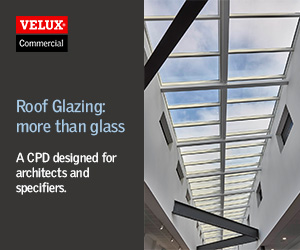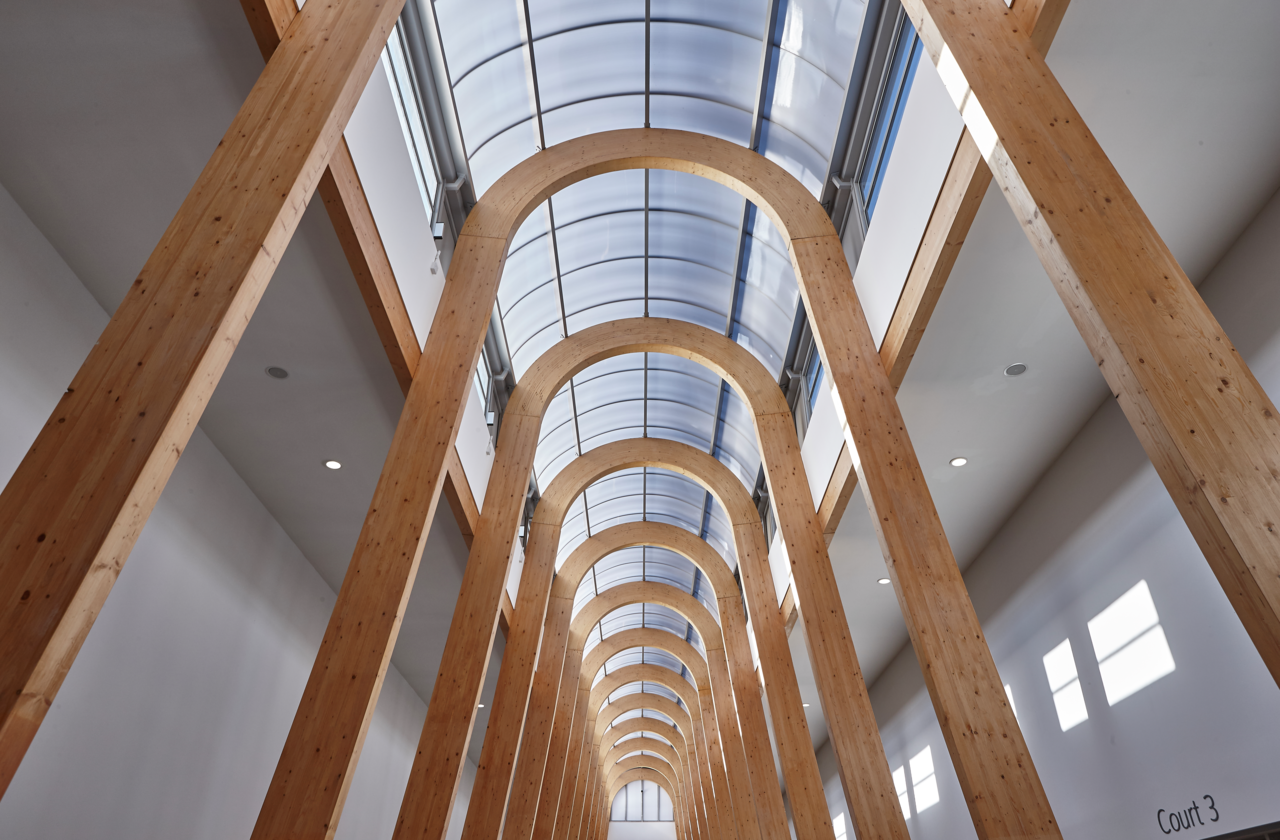CPD - Roof Glazing: more than just glass
[edit] Roof Glazing: more than just glass
[edit] VELUX Commercial is happy to announce that a new continuous personal development (CPD) seminar, Roof Glazing: more than just glass, has received accreditation by the Royal Institute of British Architects RIBA.
Roof Glazing: more than just glass is structured around five topics, which will each give architects and specifiers a greater appreciation for a range of glazing materials, as well as solutions that fall under the term ‘roof glazing’.
CPD learning outcomes:
- What is meant by the term roof glazing
- The type of roof glazing solutions available
- Advantages and disadvantages of different roof glazing solutions
- The impact of regulations and standards on product choice
- How commercial sectors benefit from different roof glazing solutions
At conclusion of the seminar, architects and specifiers will have more confidence and comprehension as to what roof glazing is, and its various roles within the commercial building sector. Those in attendance will also understand what the main ‘glazing’ material choices are, as well as the pros and cons of different solutions.
Identifying different glazing options helps to comply with industry standards and regulations, while meeting the unique needs of various building types. How best to deploy glazing materials will also be explored in the seminar, as will the positive impact rooflights can have on people and the planet.
- RIBA Core Curriculum: 10 – Design, construction and technology.
- Knowledge level: General Awareness
- The seminar can be delivered online or in person, as a group or individual.
To book your CPD, or for more information on other RIBA-approved CPD programmes VELUX Commercial offers, click here.

[edit] Related
- A guide to daylight design within commercial buildings using bespoke structural glazing solutions
- Aspects of daylighting design covered by EN 17037
- Building better schools. Six ways to help our children learn
- Building considerations for commercial rooflight refurbishment
- Designing daylight solutions for commercial buildings
- Designing with Daylight – how to incorporate daylight and natural ventilation into commercial building design plans
- EN 17037 Daylight in buildings
- How to predict daylight conditions in buildings during the design phase
- Types of building EN 17037 applies to
- Using modular skylights to improve large scale office and warehouse working conditions using natural light - case study
Featured articles and news
Homes England supports Greencore Homes
42 new build affordable sustainable homes in Oxfordshire.
Zero carbon social housing: unlocking brownfield potential
Seven ZEDpod strategies for brownfield housing success.
CIOB report; a blueprint for SDGs and the built environment
Pairing the Sustainable Development Goals with projects.
Types, tests, standards and fires relating to external cladding
Brief descriptions with an extensive list of fires for review.
Latest Build UK Building Safety Regime explainer published
Key elements in one short, now updated document.
UKGBC launch the UK Climate Resilience Roadmap
First guidance of its kind on direct climate impacts for the built environment and how it can adapt.
CLC Health, Safety and Wellbeing Strategy 2025
Launched by the Minister for Industry to look at fatalities on site, improving mental health and other issues.
One of the most impressive Victorian architects. Book review.
Common Assessment Standard now with building safety
New CAS update now includes mandatory building safety questions.
RTPI leader to become new CIOB Chief Executive Officer
Dr Victoria Hills MRTPI, FICE to take over after Caroline Gumble’s departure.
Social and affordable housing, a long term plan for delivery
The “Delivering a Decade of Renewal for Social and Affordable Housing” strategy sets out future path.
A change to adoptive architecture
Effects of global weather warming on architectural detailing, material choice and human interaction.
The proposed publicly owned and backed subsidiary of Homes England, to facilitate new homes.
How big is the problem and what can we do to mitigate the effects?
Overheating guidance and tools for building designers
A number of cool guides to help with the heat.
The UK's Modern Industrial Strategy: A 10 year plan
Previous consultation criticism, current key elements and general support with some persisting reservations.
Building Safety Regulator reforms
New roles, new staff and a new fast track service pave the way for a single construction regulator.

























Comments
[edit] To make a comment about this article, click 'Add a comment' above. Separate your comments from any existing comments by inserting a horizontal line.